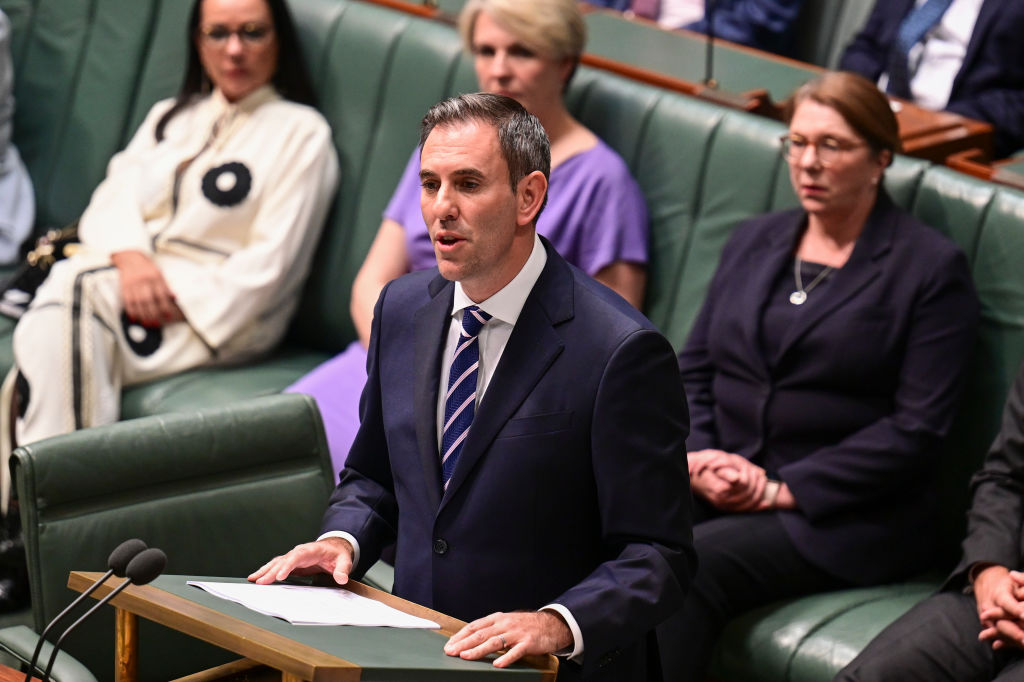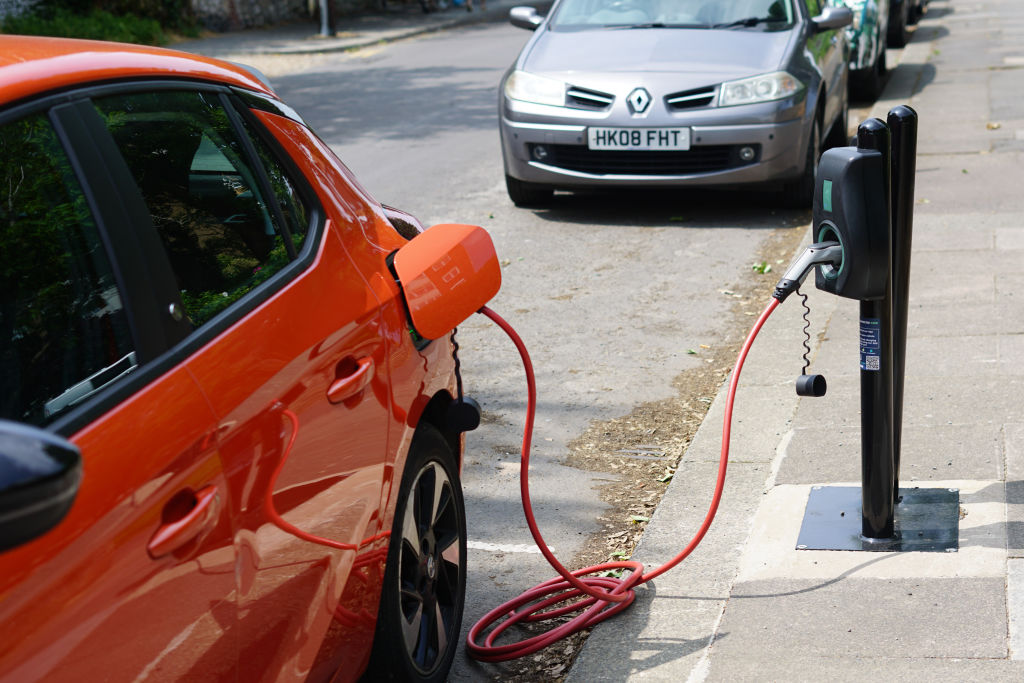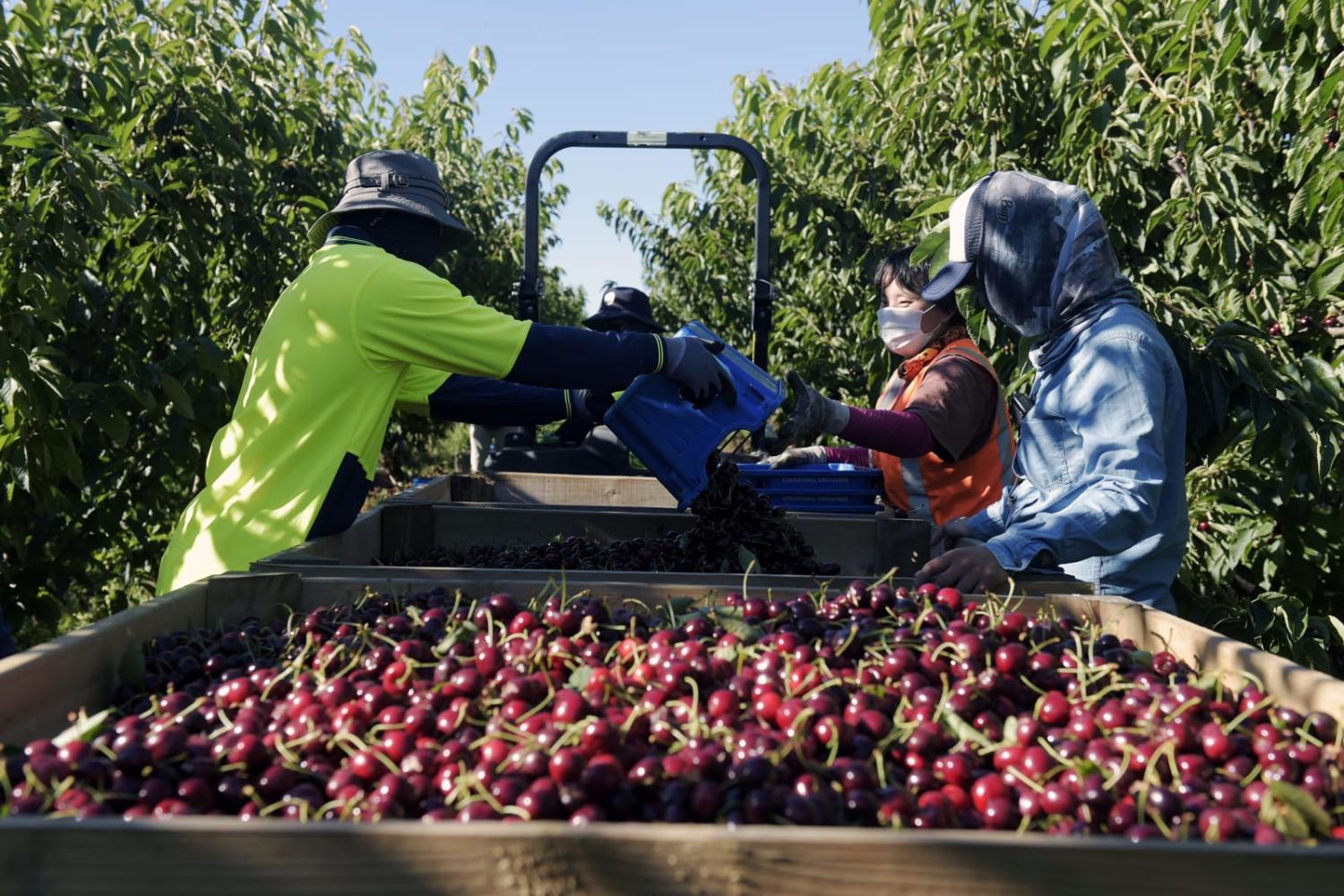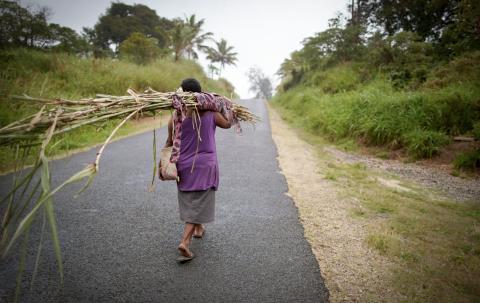Catching a wave
The Biden administration’s loosely named Inflation Reduction Act has flowed through the global economy like a tsunami engulfing everything from the reshoring debate to cheaper drug prices.
Last month, the new wave industry policy finally washed through the Australian government when its oldest independent trade policy adviser opposed domestic electric vehicle battery manufacturing. This followed months of pro-intervention government discussion papers on manufacturing, critical minerals, battery production and associated issues.
Four days later, the politically ambitious Treasurer Jim Chalmers appointed a new head of the Productivity Commission, who just happened to be his old boss from the Treasurer’s office in the previous Labor government a decade ago. Chalmers said reassuringly the five-decade old (but often renamed) institution played “a key role in identifying the policy reforms that can drive economic growth, so a strong, effective and well‑led PC will be vital to Australia’s progress”.

But the deeper sentiment in the government was probably reflected by a key official from the government’s union base, Paul Farrow, who said: “We shouldn’t erode Australia’s sovereign capability just to comply with a bunch of outdated free-market purists at the Productivity Commission. We have to be smarter and more pragmatic than that.”
The new Commission chair Chris Barrett is an experienced international economic policymaker who helped Australia navigate the global financial crisis, so he may well have the right skills to make a fiercely independent agency more relevant in the era of decoupling and sovereign capability.
For a union movement-based party, Labor has a relatively proud record on open trade extending back to sweeping tariff cuts in the 1970s. But it now faces some legacy-defining decisions over how it responds to what started out as the original Biden election campaign team’s quest for a foreign policy for a middle class.
On the one hand
While the main function of the Productivity Commission is to analyse the value of government intervention and assistance across the domestic economy, it has developed a particular knack of examining economic diplomacy initiatives. And this is an area where there tend to be fewer sources of alternative domestic policy thinking to the government compared with the big domestic sectors such as education or energy.
And in the two-handed tradition of economists, its latest review has delivered both bouquets and brickbats.
As the Lowy Institute’s Roland Rajah has already noted, the Productivity Commission recently modelled the two-year-old Chinese trade impediments to five Australian exports to conclude that they had little impact. This was already evident in anecdotal reports from exporters of cotton, lobsters, coal, timber and wine about how they had found new markets in response to the varied Chinese actions.
But having an independent agency underscore this is a useful tool for the government as it considers how to keep the pressure on China to scale back the remaining measures ahead of a mooted visit to Beijing by Prime Minister Anthony Albanese. He can use the modelling to hang tough and talk up diversification as trade policy. Or he can use it to more diplomatically appeal to China to return to old-style trade engagement with Australia.
This positive outcome with China comes with the possibly less welcome general advice that: “When a disruption occurs and trade policy settings are open and stable, trade patterns adapt as new suppliers or markets are found.”
… and on the other
The Commission’s scepticism about Australia’s ability to build a competitive EV battery manufacturing industry was prompted by the growing calls to do just that following the subsidies in the Inflation Reduction Act for green industries.
Despite a series of government papers that have their origins in Labor’s election campaign commitment to build a high-tech manufacturing industry, it argues that Australia will have a tough time developing a competitive battery industry amid the Biden subsidies and the retaliatory support being threatened by the European Union. As a result, it says contrary to the government policy paper trail that “it is important to distinguish between national emissions reductions and developing a domestic production capacity in emissions reduction technologies” because all the planned subsidised production in the big economies means Australia will be able to buy new technologies from overseas.
And the Commission also argues that EV battery production is more likely to be located adjacent to the actual vehicle manufacturing (i.e., Indonesia) than close to the location of raw materials such as lithium (Australia).

Albanese has talked up the prospects for renewable energy cooperation with Indonesian President Joko Widodo including on EV batteries due to the countries’ respective endowments with nickel and lithium. But as noted previously here, Widodo’s insistence on making batteries in Indonesia with Australian lithium as part of an integrated supply chain appears to be at odds with the Australian government’s aim of building its own domestic industry.
So, the Productivity Commission’s argument that Australia is better placed to do the upstream processing of lithium rather than downstream battery making is ironically likely to go down much better in Jakarta than Canberra. And despite two rounds of leadership discussions on electric car cooperation and other efforts to yet again try to increase bilateral business engagement, the government's discussion papers and policy documents remarkably still fail to cover Indonesia.
That situation will hopefully change after last week’s visit to Jakarta by Industry Minister Ed Husic to follow up on the last meeting between the leaders in July. But we have been here many times before. And Husic could only say in an ABC radio interview this week: “We are certainly determined to have a higher ambition.”
Soft money
With traditional tariff protection waning as a key tool of economic diplomacy due to trade agreements reducing border barriers, the Productivity Commission has also outlined two new priorities for its analysis of trade and foreign investment regulatory measures.
The first, already detailed in a research paper last year, is to compare the cost to business and government of administering the continuing residual tariffs compared with the actual revenue earnt by the government. The latest review suggests that the cost of raising $1.8 billion in tariff revenue from imports worth $36 billion in 2020–21 was $1.2–1.8 billion, underlining how it already now possibly costs more to administer than the underlying revenue.
The second priority is to look at the blossoming cost of government-backed concessional finance as a tool to support policy priorities both at home and abroad. This is sensitive on both sides of politics with Labor expanding soft lending by the Clean Energy Finance Corporation to implement its carbon reduction agenda and the former conservative government creating entities such as the Northern Australia Infrastructure Fund.
But this analysis also comes just in time for the Labor government’s review of development aid and finance, which seems likely to embrace increased use of concessional loans to implement aid priorities rather than actual cash. Export Finance Australia (EFA) has provided concessional loans to exporters since 1991 under different names and policy approaches but has significantly stepped up in the past five years as Australia’s answer to China’s Belt and Road Initiative. That was underlined by its role in supporting Telstra’s purchase of Digicel Pacific last year.
The Productivity Commission is arguing for greater transparency about the real cost of this concessional finance, which comes from such a range of sources and with such varied conditions that it is hard to compare. But for a start, in the international relations space, it has estimated that the EFA’s $1.2 billion in semi-commercial loans outstanding in 2021–22 were provided with an interest rate concession of $20–38 million. It has not looked at EFA’s National Interest Account, which contains the more politically sensitive offshore lending.
That export loan concession was broadly in the middle of what was provided by the parallel domestic soft finance agencies. But it will be more important to watch as the government goes further down this path in its new aid policy.

